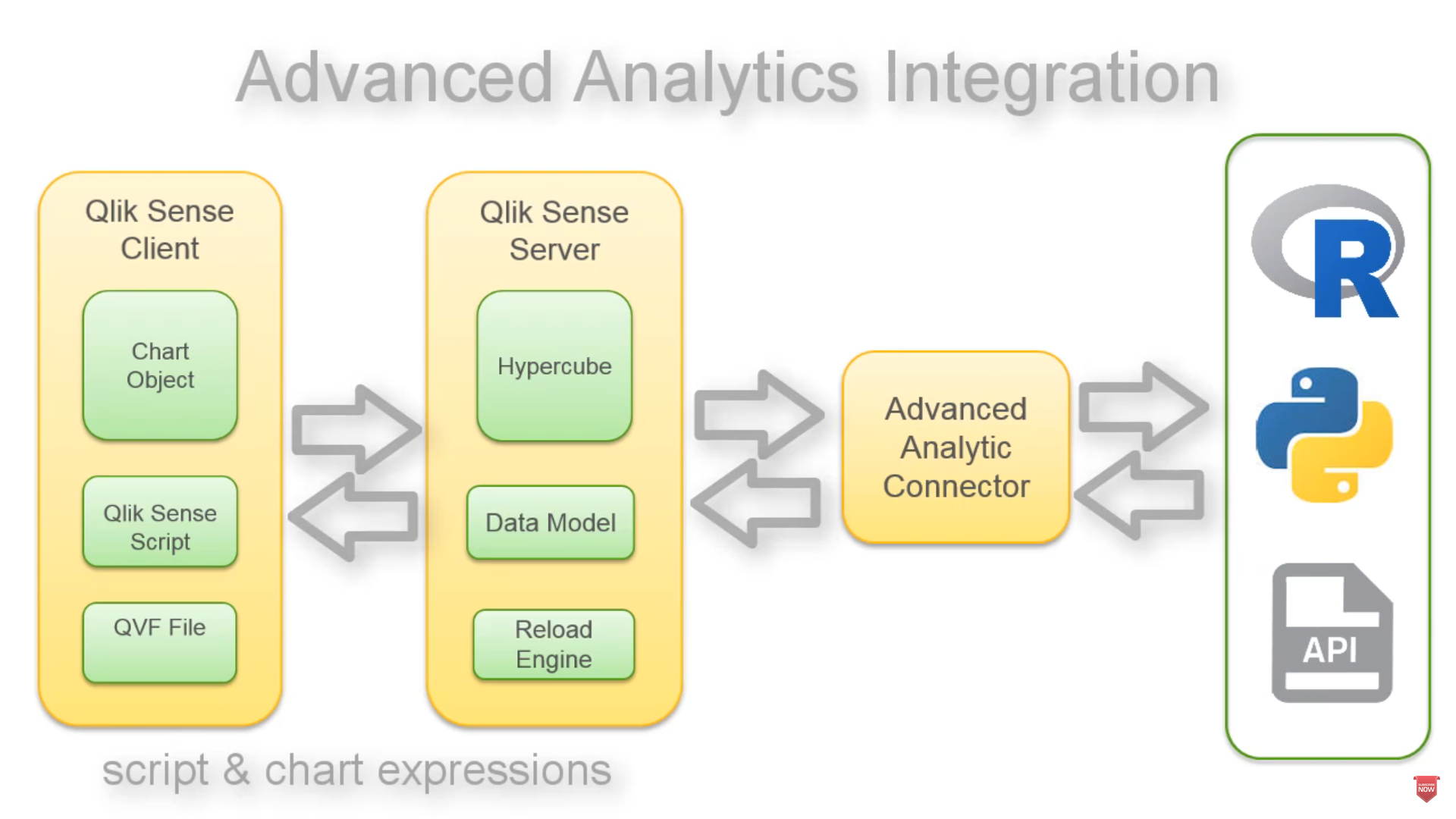Unlock a world of possibilities! Login now and discover the exclusive benefits awaiting you.
- Qlik Community
- :
- Discover
- :
- Blogs
- :
- Product
- :
- Design
- :
- Introducing Qlik Advanced Analytics Integration
- Subscribe to RSS Feed
- Mark as New
- Mark as Read
- Bookmark
- Subscribe
- Printer Friendly Page
- Report Inappropriate Content
What is Advanced Analytics?
Gartner defines Advanced Analytics as:
The autonomous or semi-autonomous examination of data or content using sophisticated techniques and tools, typically beyond those of traditional business intelligence (BI), to discover deeper insights, make predictions, or generate recommendations.
What resonates with me here are the key words "sophisticated techniques and tools" - these can mean statistical analysis environments, (perhaps R), or general purpose and machine learning program languages (Python / MATLAB) or even specific operations used for pattern search (regex), just to name a few. So what does this have to do with Qlik? Well, let's say you have an investment in R, Python, MATLAB or even something custom you created for your advanced analytics activities. You may want to reuse or apply algorithms from those systems to data available in your Qlik environment, taking advantage of Qlik's associative model as well - how would you do that? Previously, you might have to export the data from those systems and then import and associate it within Qlik. Well not any longer now that we have Qlik Advanced Analytics Integration.
What is Qlik Advanced Analytics Integration?

Architecture
Simply put, Qlik Advanced Analytics Integration (AAI) enables direct server to server data exchange between Qlik Sense and 3rd party calculation / analysis engines via a connector or what we also call a plugin. So for example, a specific forecasting function that is part of an R library can now be called from within Qlik script and chart expressions and calculated on the fly. Passing the results back to the Qlik analysis engine and subsequent visualizations.
 i.e. - Holt-Winters Forecast / K-means Clustering - running on R
i.e. - Holt-Winters Forecast / K-means Clustering - running on R
With the release of Qlik Sense June 2017, Qlik specifically now supports the APIs that can provide connectivity to such engines. Allowing you to build virtually any connector to any system. The Qlik Sense engine is also now aware of specific expressions to directly call the 3rd party engine via these connectors. To kick things off we have provided two open source connector projects that enable connectivity to R and Python. (there are compiled binaries for R available here)
To learn more about Qlik Advanced Analytics Integration, join the conversation and obtain resources and community support please visit the Server Side Extensions forum.
Take a look at this 60 second video that provides a quick overview of Qlik Advanced Analytics Integration:
NOTE: To increase resolution or size of the video, select the YouTube logo at the bottom right of the player. You will be brought directly to YouTube where you can increase the resolution and size of the player window. Look for the 'settings' gears icon in the lower right of the player once at YouTube.
Regards,
Michael Tarallo (@mtarallo) | Twitter
Qlik
Can't see the video?
Download the .mp4 and watch from your computer or mobile device.
You must be a registered user to add a comment. If you've already registered, sign in. Otherwise, register and sign in.